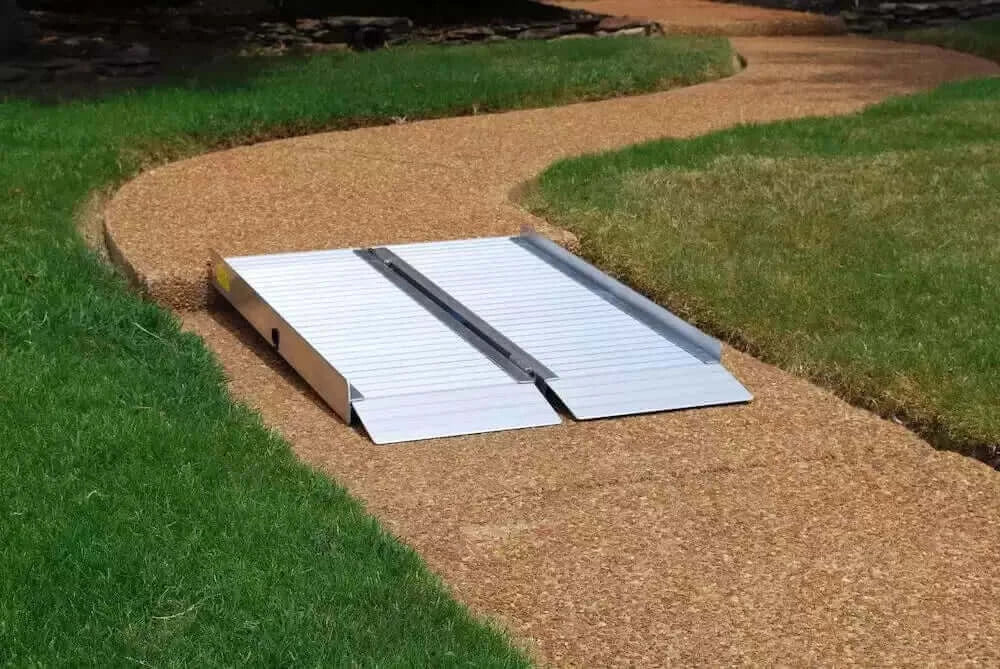Can a Hoyer Lift Be Used for Toileting?
Yes, a hoyer lift can be a safe and effective solution for toileting transfers, especially for individuals with limited mobility. It helps move a person from a bed or chair to the toilet with minimal physical strain on the user and their caregiver. However, using a Hoyer lift in a bathroom requires careful planning.
Factors like space limitations, lift positioning, and safety precautions all play a role in making the process efficient and comfortable. When done correctly, it can provide a more dignified and stress-free experience.
From managing space and positioning the lift correctly to following key safety precautions, there’s a lot to consider. Keep reading to learn how to handle toileting transfers smoothly and effectively.

How Hoyer Lifts Function in a Bathroom Setting
Using a hoyer lift in a bathroom requires planning (make sure you have a proper hoyer lift sling ), as bathrooms are often small and have obstacles like sinks, bathtubs, and toilets. Here’s how they function in this setting:
-
Space Management – Bathrooms should have enough clearance to allow the lift to maneuver. If the space is too tight, doors may need to be removed or the layout adjusted.
-
Proper Positioning – The lift should be positioned in a way that allows the person to be transferred safely to and from the toilet without twisting or excessive movement.
-
Flooring and Stability – Non-slip flooring is essential to prevent accidents. Also, ensure the lift’s wheels can roll smoothly over any flooring transitions.
-
Toilet Accessibility – Raised toilet seats and commode chairs may make transfers easier, reducing the need for excessive lifting or repositioning.
-
Caregiver Coordination – Effective communication between the caregiver and the individual is necessary to ensure a smooth and safe transfer.
Assessing the Suitability of a Hoyer Lift for Toileting
Determining if a hoyer lift is suitable for toileting requires assessing both the patient’s needs and the equipment’s capabilities. First, consider whether the patient has enough trunk control to sit upright in a commode-style sling, which is designed for toileting access. The sling should provide proper support while allowing clothing adjustments.
Next, evaluate the lift’s compatibility with the toilet or commode. Ensure there is enough space for safe positioning and maneuvering, including clearance for the lift’s base under or around the toilet. The caregiver’s ability to assist with hygiene tasks is also important, as some sling designs may limit access.
Patient comfort is key—using a well-fitted toileting sling reduces pressure points and enhances safety during transfers. Lastly, consult a healthcare professional to ensure the lift setup meets the patient’s toileting needs while maintaining dignity and safety.
Step-by-Step Guide to Using a Hoyer Lift for Toileting
Proper preparation and technique are key to a safe and smooth toileting transfer. Follow these steps to ensure comfort and security for both the patient and caregiver.
Step 1: Assess the Patient’s Needs
Before starting, evaluate the patient’s mobility, trunk control, and specific toileting challenges. Ensure they can use a toileting sling safely and comfortably. Communicate with the patient about the process to help them feel secure.
Step 2: Gather and Inspect Equipment
Collect all necessary items, including the hoyer lift, toileting sling, and any required support accessories. Verify that the lift is functioning properly, the sling is the correct size, and all straps are in good condition.
Step 3: Prepare the Environment
Position the lift close to the toilet, ensuring enough space for easy maneuvering. Adjust the lift’s height to align with the toilet seat. Remove any obstacles that could interfere with the transfer and confirm that the area is safe.
Step 4: Position the Sling and Secure the Patient
Gently slide the sling under the patient, making sure it provides proper support while allowing for clothing adjustments. Secure all straps according to the manufacturer’s guidelines to prevent shifting during the transfer.
Step 5: Lift and Transfer the Patient
Follow the proper way of lifting patients. Slowly raise the patient using the Hoyer lift, ensuring they remain stable and comfortable. Carefully move them toward the toilet, aligning their position for a safe and secure transfer. Lower them gently onto the toilet, keeping communication open to confirm their comfort.
By following these steps, you can ensure a safe and dignified toileting transfer using a Hoyer lift. Proper preparation and clear communication help both the patient and caregiver feel more confident throughout the process.
Safety Considerations When Using a Hoyer Lift
While using a hoyer lift can considerably enhance mobility and independence, it's vital to prioritize safety throughout the process. First, always follow important safety precautions, such as confirming the lift is on a flat, stable surface and checking weight limits.
Before each use, inspect the slings and straps for wear and tear, as any damage can compromise safety. Regular lift maintenance is significant; schedule routine checks to guarantee that all components function correctly. When operating the lift, communicate clearly with the person being lifted, making sure they feel secure and informed.
Finally, never leave someone unattended in the lift, as this could lead to accidents or injury. Prioritizing these safety measures will make the experience much safer for everyone involved.
Alternative Toileting Solutions and Tools for Limited Mobility
When seeking alternative toileting solutions for individuals with limited mobility, it's important to evaluate various tools that enhance comfort and independence.
You might consider portable commodes, which are designed to offer convenience and accessibility. Raised toilet seats can also provide added height, making transfers easier. Additionally, using grab bars around the toilet area can greatly improve safety and stability.
For those who need more support, specialized toilet chairs equipped with wheels can serve as effective mobility aids. These alternative toileting devices can help maintain dignity and personal hygiene.
Always consult with healthcare professionals to determine the best solutions tailored to specific needs, ensuring a safe and comfortable experience.






